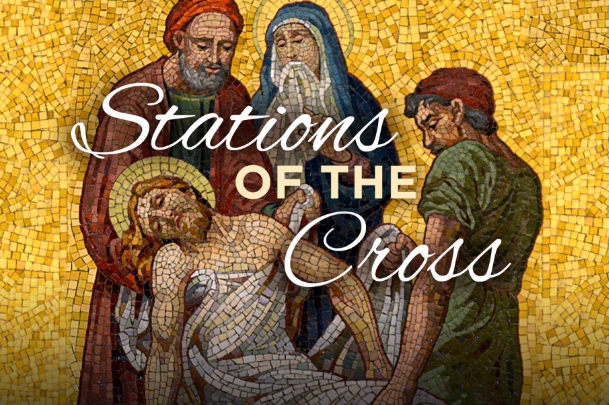The Stations of the Cross, also known as the Way of the Cross, is a Christian devotion that commemorates the final journey of Jesus Christ on the way to his crucifixion. It consists of 14 stations, each representing a key event or moment in Jesus’ path to Calvary.
Exploring the Meaning
Each station in the Stations of the Cross holds special significance to the story of Jesus’ suffering and sacrifice. From his condemnation by Pontius Pilate to his crucifixion and burial, each station offers a glimpse into the physical, emotional, and spiritual struggles Jesus faced on his journey.
The Stations of the Cross serve as a powerful reminder of Jesus’ love and devotion to humanity, as well as a reflection on the pain and suffering he endured for the salvation of sinners. They also provide an opportunity for Christians to meditate on the importance of sacrifice, forgiveness, and redemption in their own lives.
Purpose of the Stations of the Cross
The primary purpose of the Stations of the Cross is to help believers deepen their understanding of Jesus’ passion and death, and to foster a greater sense of gratitude and reverence for the sacrifice he made for mankind. By following the 14 stations, Christians are able to walk in Jesus’ footsteps, experiencing his journey to the cross more intimately.
The Stations of the Cross also provide a way for believers to participate in the suffering of Jesus, allowing them to unite their own struggles and burdens with his. This act of solidarity can bring solace and strength to those facing difficult times, offering a sense of comfort and hope in the face of adversity.
In conclusion, the Stations of the Cross are a powerful tool for reflection, meditation, and prayer for Christians around the world. By exploring the meaning and purpose of each station, believers can deepen their understanding of Jesus’ sacrifice and journey to the cross, and find inspiration and comfort in his example of love and forgiveness.

